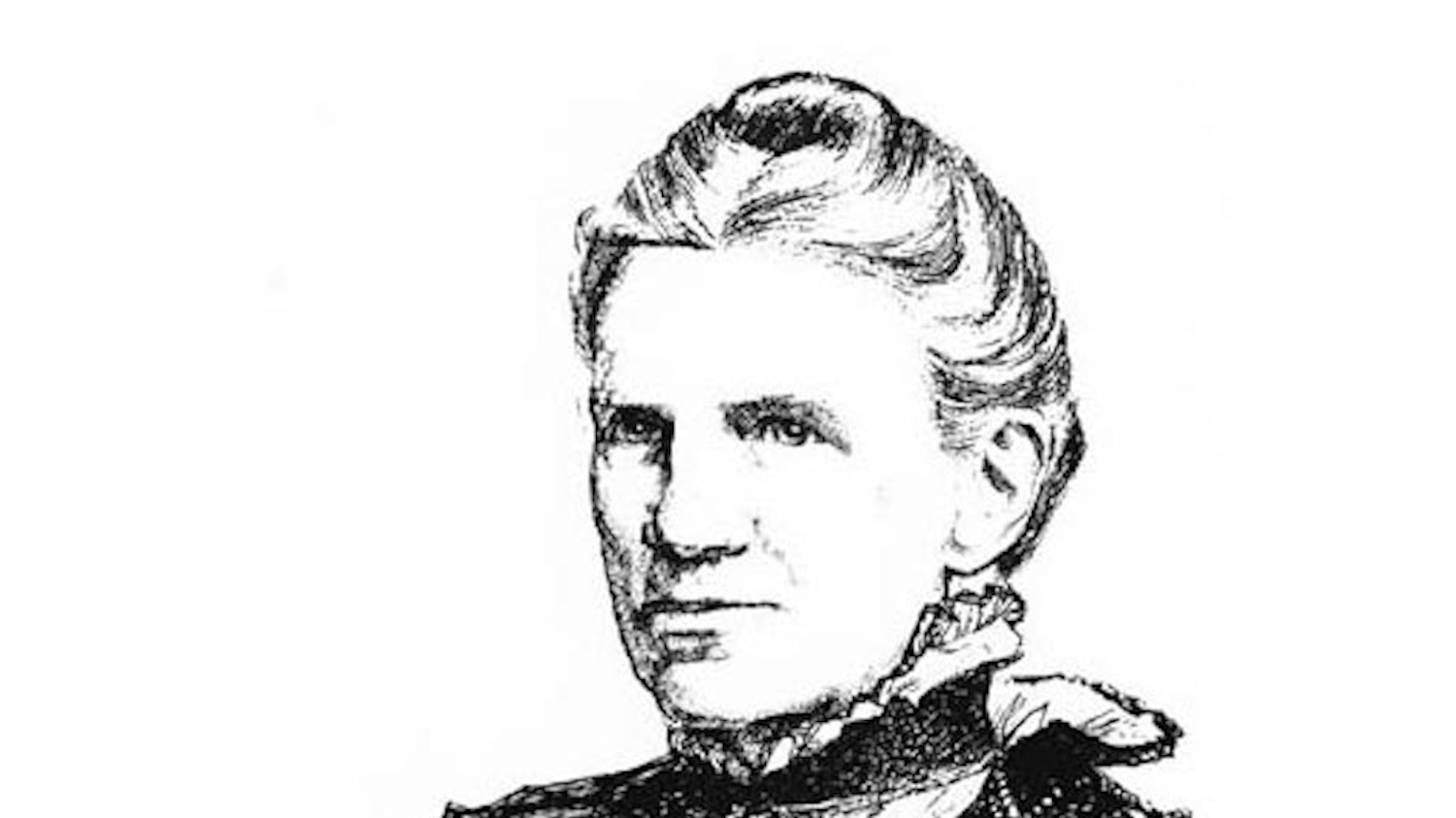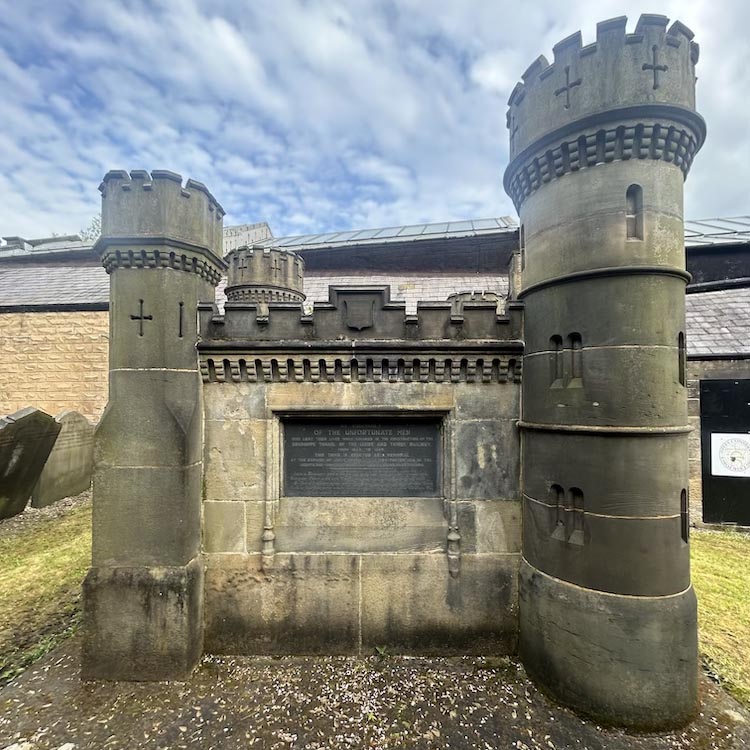
Elizabeth Garnett: a forgotten pioneer in social reform
Despite championing workers’ rights and pioneering significant social reform, Elizabeth Garnett’s achievements have been largely forgotten – until now
Elizabeth Garnett, born Elizabeth Hart on 23 September 1839 in Otley, Yorkshire, was a remarkable social reformer whose work with navvies was both visionary and ahead of its time.
Navvies, or labourers, played a crucial role in constructing the infrastructure of the 19th and early 20th centuries, particularly in the building of navigation canals, railways and reservoirs.
Their work was indispensable to the Industrial Revolution and the expansion of transportation networks across Britain and beyond.
Garnett recognised the urgent need to address the physical, emotional and spiritual wellbeing of these workers.
Her efforts not only provided immediate relief but also laid the groundwork for future social welfare initiatives, making her an important, though regrettably overlooked, figure in the history of social reform.
Early life and motivation
Garnett was born into a devout Anglican family; her father, Joshua Hart, served as the vicar of Otley from 1837 to 1865.
Her upbringing instilled in her a strong commitment to faith and service. As a child, she absorbed her father’s concern for the navvies working on the nearby Bramhope Tunnel, part of the Leeds to Thirsk railway line.
In July 1846, 400 men from the Leeds Thirsk railway marched in procession to Otley Parish Church for the funeral of a man who had died on his first morning of work.
A few years later, on 10 June 1849, 10-year-old Garnett likely witnessed the consecration of the Navvies Memorial mausoleum in Otley Parish Church graveyard by her father.

The memorial in Otley Parish Church’s graveyard honours the navvies and all those who died while constructing Britain’s vast railway network. It is thought to be the only national memorial dedicated to navvies
This Grade II Listed structure, a replica of the crenellated north portal of the Bramhope Tunnel, stands over a vault containing the remains of 23 men who lost their lives building the tunnel.
The memorial honours them and all those who died while constructing Britain’s vast railway network. It is thought to be the only national memorial dedicated to navvies.
Witnessing the struggles of navvies first-hand, Garnett was deeply moved by their resilience and the lack of societal support they received. This empathy drove her to action, despite the constraints on women at the time.
Born into a society where women’s roles were largely confined to the domestic sphere, and with limited access to higher education and professional opportunities, Garnett nevertheless dedicated her life to advocating for those with even fewer opportunities than herself.
The plight of the navvies
Navvies were essential to the construction of infrastructure that powered the Industrial Revolution, yet they lived in deplorable conditions and were often exploited and neglected.
Typically housed in makeshift huts near construction sites, they faced long working hours, poor sanitation and minimal access to healthcare. Their transient lifestyle made it difficult to establish stable communities or access education and spiritual guidance.
Garnett recognised that these conditions affected not only the navvies’ physical health but also their mental and emotional wellbeing.
The work of navvies was physically demanding and dangerous, involving long hours of manual labour in challenging environments. The lack of stable housing and community support exacerbated their hardships, leaving them vulnerable to illness, injury and social isolation.
Garnett viewed these challenges as systemic issues that needed to be addressed through comprehensive social reform.
Garnett’s mission and achievements
Garnett’s journey into missionary work began under tragic circumstances. In 1861, she married Charles Garnett (1834–1862), an Anglican clergyman, but he died within a year of the marriage, while the couple were on their honeymoon.
Despite her personal loss, Garnett found renewed purpose when she encountered a navvy settlement at Lindley Wood in Wharfedale, just two miles north of Otley, where a reservoir was being constructed.
Moved by the harsh conditions and spiritual neglect of the navvies, she established a Sunday school for navvy children in 1872 and eventually moved to the settlement, despite opposition from her family.
In 1875, Garnett founded the Christian Excavators’ Union and in 1877 she co-founded the Navvy Mission Society with Reverend Lewis Moule Evans.

The Navvy Mission Society later became part of the Industrial Christian Fellowship in 1919, which continued to develop issues of social justice and business ethics.
Her approach was holistic, focusing on both material and spiritual support, including Mission huts and schools, healthcare and sanitation, and spiritual and moral guidance.
Impact of the work
Garnett’s work had a profound impact on the lives of navvies. By addressing their immediate needs and advocating for their rights, she improved their living conditions and instilled a sense of community and self-worth.
Her efforts were not only compassionate but also strategic, as she worked to change societal perceptions of navvies and highlight their contributions to industrial progress.
Garnett was undoubtedly ahead of her time. Her holistic approach to social reform, focusing on both immediate relief and long-term empowerment, set a precedent for future social work.
She understood the interconnectedness of physical, emotional and spiritual wellbeing – a concept widely recognised in modern social services but revolutionary in her era.
Garnett’s work challenged the status quo, advocating for the dignity and rights of navvies at a time when they were often ignored. Her vision of a more equitable society, where all individuals are valued and supported, continues to inspire social reformers today.
Garnett’s legacy
Garnett, who died in 1921 in Croydon, was a true pioneer in social reform. Her work with navvies transformed their lives and set a precedent for future advocacy efforts.
Her dedication to improving the living conditions of these labourers, coupled with her strategic approach to social change, made her a trailblazer in an era of industrial transformation.
Sadly, if you ask most people in Otley about Garnett, they are likely to have no idea who she was. Yet ask them about Thomas Chippendale, who was born in the town in 1718, and they will have no difficulty in responding.
Blue Plaque nomination
Anthony Walker plans to make an application to Leeds Civic Trust before the end of the year to nominate Elizabeth Garnett for a Blue Plaque.
He has received letters of support from the CIOB, Otley Town Council and Railways Heritage Trust that will be submitted with the application.
If the application is successful, he will share details and seek support to raise £850, which is the cost of the Blue Plaque.
If you are interested in supporting the Blue Plaque, please contact him via LinkedIn.
And they are reminded about him constantly – there is a statue, several plaques, Chippendale swimming pool, Chippendale tearooms and even a street named Chippendale Rise. But there is no memorial for Garnett.
It is ironic that Garnett, who noted that navvies were often forgotten by society, has herself largely been forgotten. The only memorial that exists is in Ripon Cathedral, the city where the Honorary Treasurer of the Navvy Mission lived.
Hopefully, in the not-too-distant future, this oversight will be rectified and there will be a memorial in Otley.
Anthony Walker FRICS MIFireE is a chartered surveyor specialising in building surveying, fire safety and asset management. He is a director at Sircle, a multi-disciplinary surveying consultancy.
The image of Elizabeth Garnett (above), re-drawn by Paul Wood in 2019, is taken from the photographic portrait O/L/ph/23 at Otley Museum and published by the Otley Local History Bulletin.
Comments
Comments are closed.








Many thanks for sharing the story of Elizabeth Garnett, I am very grateful
I will share future updates on the progress made on a memorial or blue plaque
Can I suggest that a suitable location for the plaque would be the old Vicarage on Church Lane, Otley, where she was born and grew up – within yards of the Navvies Memorial Mausoleum.
Perhaps Yorkshire Water might be prepared to sponsor it for their connection with Lindley Wood Reservoir, where she lived amongst the Navvies.
Also LNER for their connection with Bramhope Tunnel and Arthington viaduct.
Regards, Mike Fawcett,